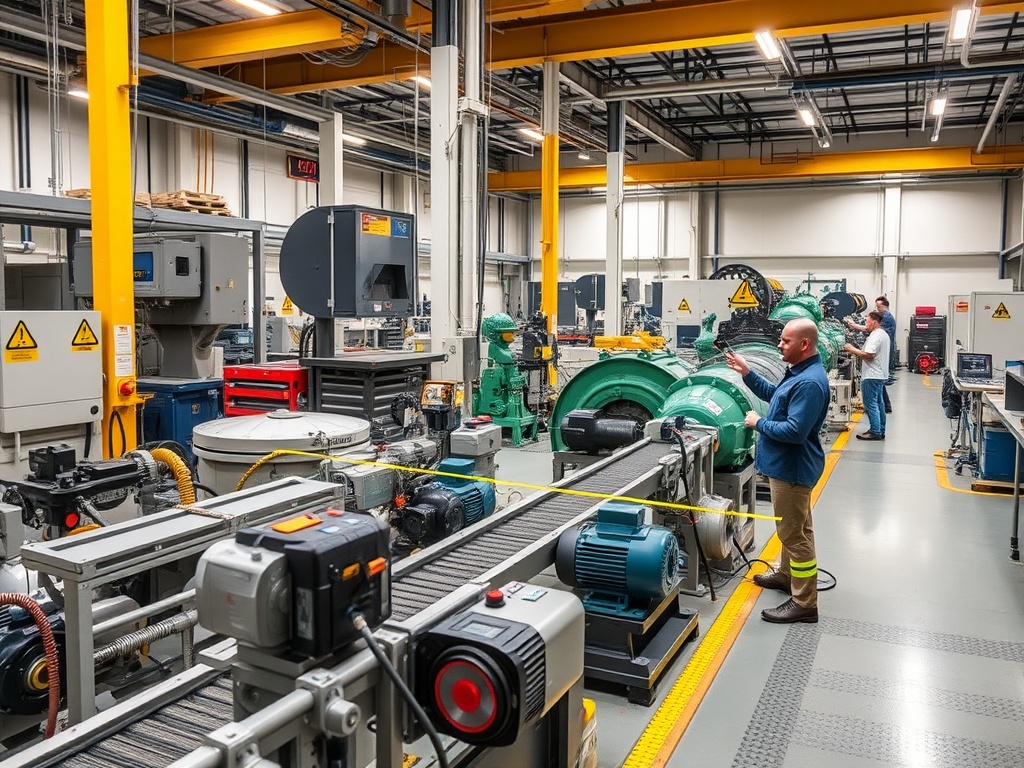In today’s fast-paced industrial environment, maintaining the efficiency and longevity of machinery is critical. One often overlooked aspect that significantly impacts equipment performance is alignment. Misaligned machinery can lead to increased wear and tear, higher maintenance costs, and reduced operational efficiency. Proper alignment ensures that equipment operates smoothly, reducing the likelihood of unexpected breakdowns and costly downtime.
Understanding the Fundamentals of Equipment Alignment
Equipment alignment refers to the precise positioning of machine components so that they operate in unison without unnecessary stress or friction. In industries such as manufacturing, automotive, and energy production, even minor misalignments can result in significant losses. Misalignment can occur in various forms, including angular, parallel, and combination misalignments, each requiring specific techniques and tools to correct.
The Impact of Misalignment on Machinery Performance
Misaligned equipment can cause a host of problems, from increased vibration and noise to premature bearing and seal failures. Over time, this leads to higher energy consumption, reduced product quality, and frequent maintenance interventions. In critical processes, even slight misalignments can compromise safety and productivity. Organizations that prioritize alignment see notable improvements in machine reliability and overall operational efficiency.
Benefits of Precise Alignment Practices
Implementing precise alignment practices offers multiple benefits for industrial operations:
- Reduced Equipment Wear: Proper alignment minimizes friction and stress on components, extending the lifespan of machinery.
- Lower Energy Costs: Misaligned machines often consume more power to perform the same tasks. Correct alignment reduces energy wastage.
- Improved Safety: By reducing vibration and stress, alignment helps prevent equipment-related accidents.
- Enhanced Productivity: Machines operating efficiently with minimal downtime lead to consistent production outputs.
Advanced Tools and Technologies for Alignment
The advancement of alignment technology has made it easier for industries to maintain precision. Laser alignment systems, for example, provide accurate measurements and real-time feedback, enabling technicians to correct misalignments quickly and effectively. Regular use of such tools ensures machinery remains in optimal condition, avoiding the pitfalls of reactive maintenance strategies.
One of the leading solutions in this field is AlignMark, which provides comprehensive alignment tools and services designed to ensure maximum efficiency and minimal downtime. These tools are essential for industries that rely heavily on machinery for daily operations, as they streamline the alignment process and deliver reliable, repeatable results.
Best Practices for Maintaining Alignment
Maintaining proper alignment requires more than just occasional checks. Organizations should adopt a proactive maintenance schedule that includes:
- Routine inspection of machine components
- Using precision alignment tools for accurate measurements
- Training staff in alignment techniques and the importance of regular checks
- Monitoring performance metrics to identify early signs of misalignment
By integrating these practices into daily operations, industries can prevent small issues from becoming costly problems.
The Role of Alignment in Predictive Maintenance
Predictive maintenance focuses on anticipating equipment failures before they occur. Alignment plays a crucial role in this approach. By regularly assessing machine alignment, technicians can detect early signs of wear or imbalance. This proactive strategy reduces unexpected downtime and maintenance costs while increasing overall equipment reliability.
Conclusion
In modern industrial operations, equipment alignment is not just a technical requirement—it is a strategic advantage. Accurate alignment improves machinery lifespan, enhances safety, reduces operational costs, and ensures consistent productivity. By investing in advanced alignment solutions and adopting best practices, organizations can achieve operational excellence and maintain a competitive edge.
For industries committed to maximizing efficiency and minimizing downtime, utilizing tools like AlignMark is an essential step towards precision and reliability. Proper alignment is no longer optional—it is a critical component of successful industrial operations.


